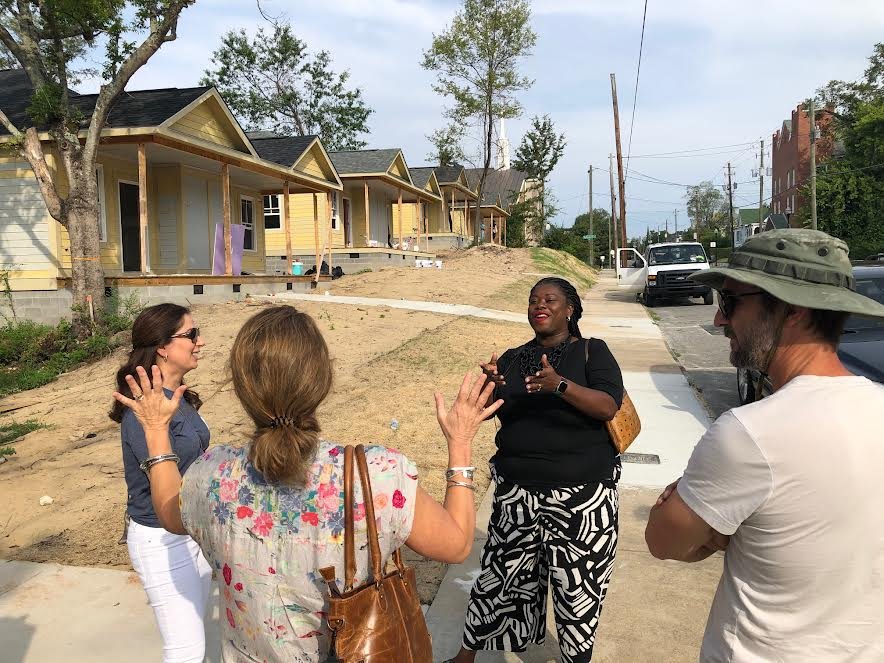
Photo credit: Historic Macon Foundation.
Buy, Rehab, and Sell
One of the fundamental ways that nonprofits are able to keep reinvesting in neighborhoods is to sell the property once the property is stabilized or rehabilitated. Earned revenue is put back into the fund to finance additional projects.
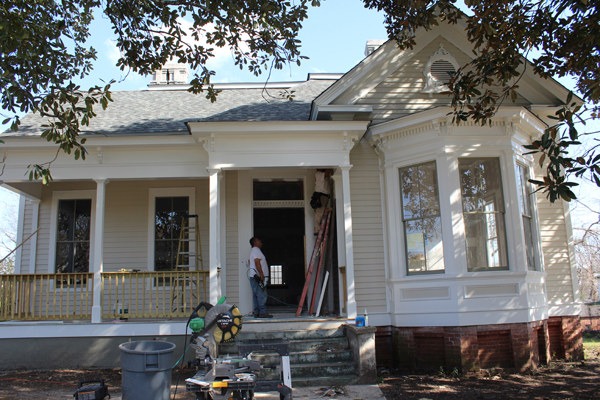
Historic Macon Foundation
The Historic Macon Foundation is a national leader in using historic real estate strategies to transform communities and demonstrate the positive impacts of saving–and using–historic properties. Their efforts have so far resulted in 150 houses rehabbed and put back into use and keeping 25,000 tons of debris out of the landfill. Their work has also created 2,000 local jobs, added more than $9.5 million to the local tax base, and improved the quality of life in the neighborhoods benefiting from this investment.
Learn More:
- Historic Macon’s website
- Place Economics Report: Beyond Preservation: The 25 Year Impact of the Historic Macon Foundation
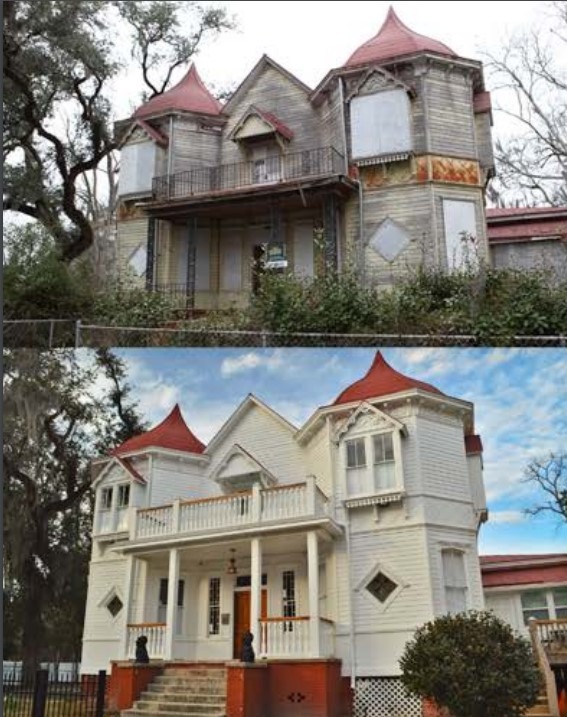
Historic Savannah Foundation
The Historic Savannah Foundation (HSF) has used the buy, rehab, and sell model since the early 1960s. In doing so, they have saved and put back into use more than 420 properties. The three primary criteria for their fund is that the building be vacant, be endangered (long-term neglect or imminent threat of demolition), and located in a neighborhood identified as one that would benefit most from investment. They also offer technical assistance and can help a property owner assistance with code violations.
Learn More:
Photo: Snedeker House, 1004 E. Park Ave., before and after HSF intervention. Photo credit: Historic Savannah Foundation.
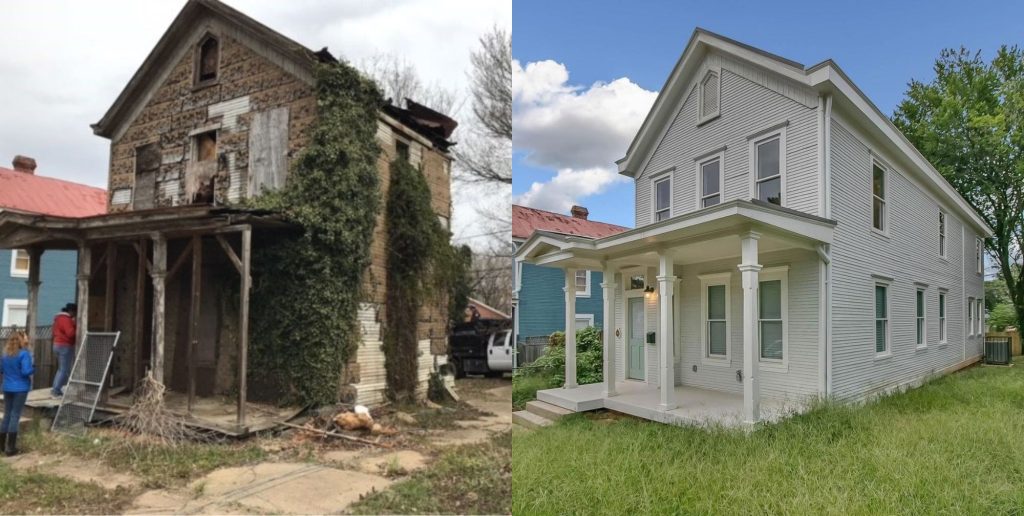
The L’Enfant Trust
The L’Enfant Trust, based in Washington, D.C., has been redeveloping historic properties since 2012. As of 2023, they have purchased, rehabbed, and sold five properties and have another one in development. They are also the largest preservation easement-holding organizations in the country.
The L’Enfant Trust focuses on severely distressed and long-vacant properties for rehabilitation-typically ones that would not be feasible for a for-profit developer or homeowner because the rehab costs exceed fair market value. The properties are then rehabbed and sold to low-to moderate-income buyers. Each property is also protected by a preservation easement held by the Trust to ensure the property is maintained and its historic integrity is preserved in perpetuity.
Learn More:
- The L’Enfant Trust’s website
- Historic Properties Redevelopment Program Case Study
- Easemented Property Owner’s Toolkit
Photo: 1326 Valley Place, SE, Washington, DC, before and after intervention. Photo credit: The L’Enfant Trust.
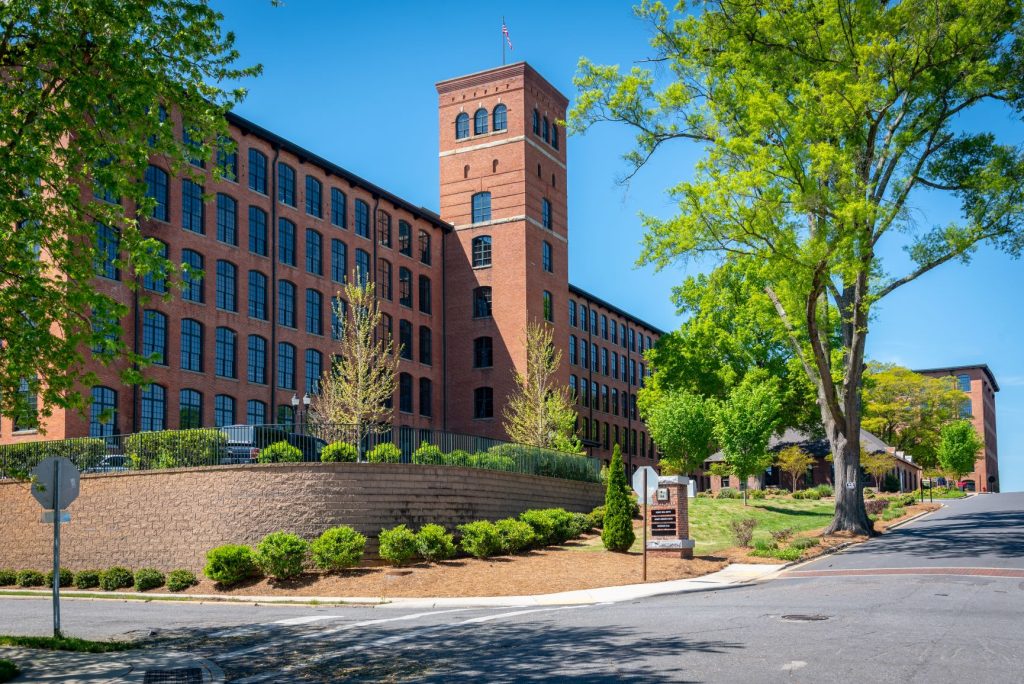
Preservation North Carolina
Preservation North Carolina (PNC) was founded in 1939, and has saved more than 538 properties, mostly through real estate transactions. Currently averaging about 20 properties a year, PNC is considered one of the most successful and prolific historic properties redevelopment programs in the country.
Learn More:
- Preservation North Carolina’s website
- View PNC’s properties
